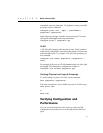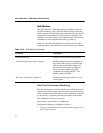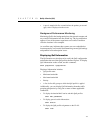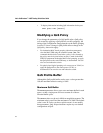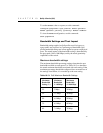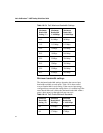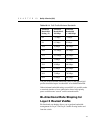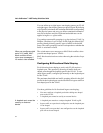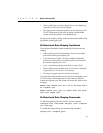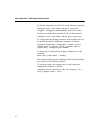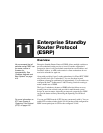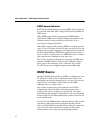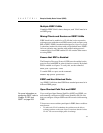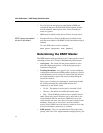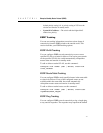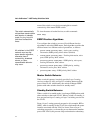
C H A P T E R 10 Quality of Service (QoS)
165
• Unicast traffic from a non-rate-shaped port to a rate-shaped port
within the VLAN will not be rate-shaped.
• The aggregate forwarding bandwidth of all rate-shaped ports in a
VLAN is determined by the traffic groupings and bandwidth
settings for the QoS profiles of the loopback port.
For egress rate shaping, simply set the maximum bandwidth of the
QoS profile on the egress port.
Bi-Directional Rate Shaping Limitations
Consider these limitations when configuring bi-directional rate
shaping:
• When configuring VLAN memberships, delete all rate-shaped
ports before deleting the loopback port.
• If rate-shaped ports within a VLAN use different bandwidth
parameters, set the priority of the QoS profiles on the loopback
port and rate-shaped ports to low.
• Layer 2 switched rate-shaping only affects a single VLAN.
• IP forwarding must be enabled on the VLAN prior to adding the
loopback port to a VLAN for L2 rate shaping.
• Ports that are tagged cannot be used for rate shaping.
If you have IP routing enabled and you do add a rate-shaped port to
a VLAN, and the rate-shaped port is in the same port block as
loopback or normal ports, the switch will return one of these error
messages:
ERROR: Rate shaped port can’t be in the same block
as loopback port
ERROR: Normal port (port #) cannot share the block
with rate shaped port
Bi-Directional Rate Shaping Commands
To add the loopback port to the VLAN, use the command:
configure vlan <vlan name> add port <port> loopback-
vid <vlan_tag>
To enable the loopback port, use the following command:
restart port <loopback_port>



